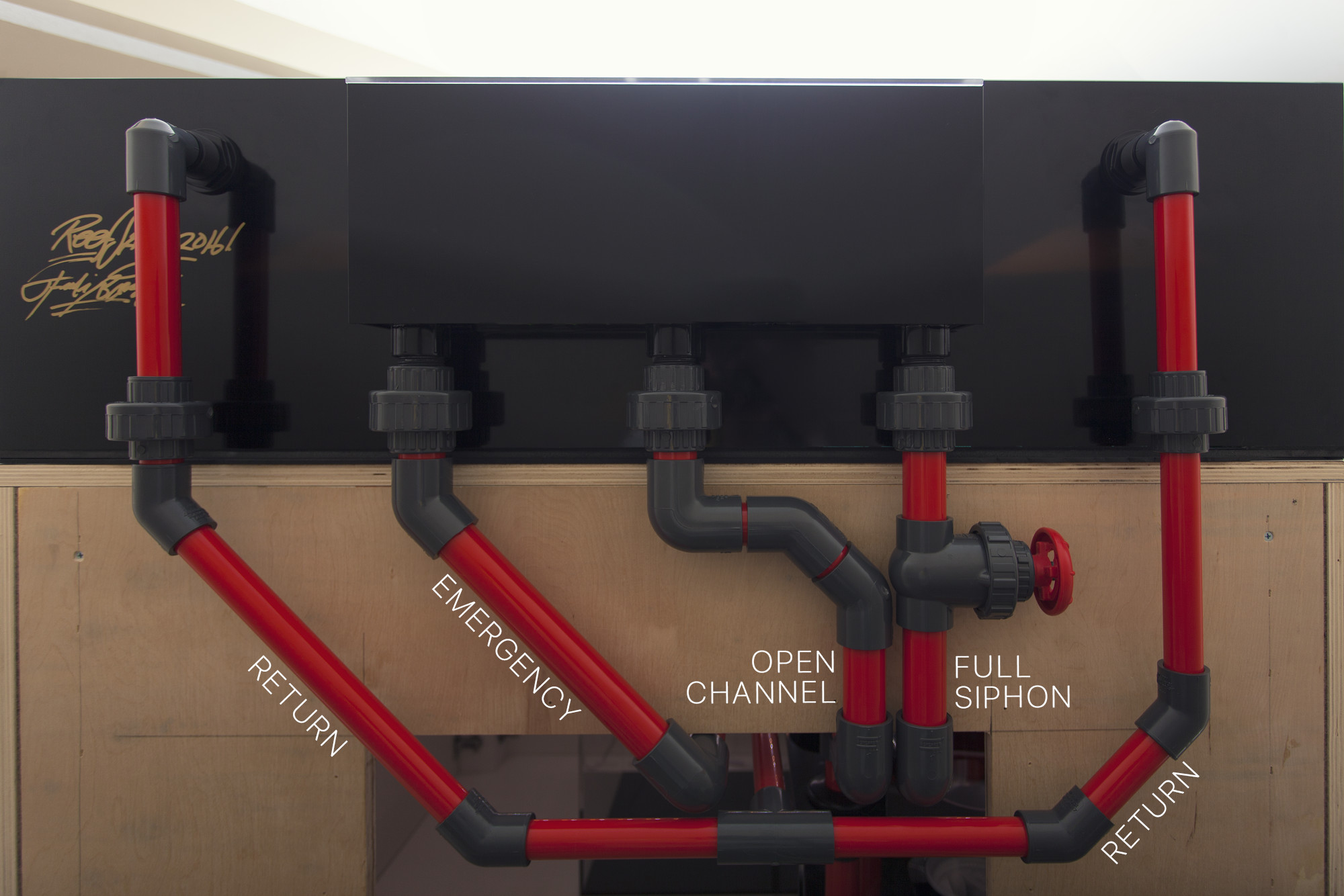Hello everyone hope it is ok to post this here. I purchased one of the new overflows and was wondering if I could get some of those that have this setup already to post some pics of the plumbing and how the returns look in the tank. Tank and overflow won't be here until next month but I am planning the stand and need a little visual. Anything you can share even behind the tank if possible. Thank you
Last edited:















